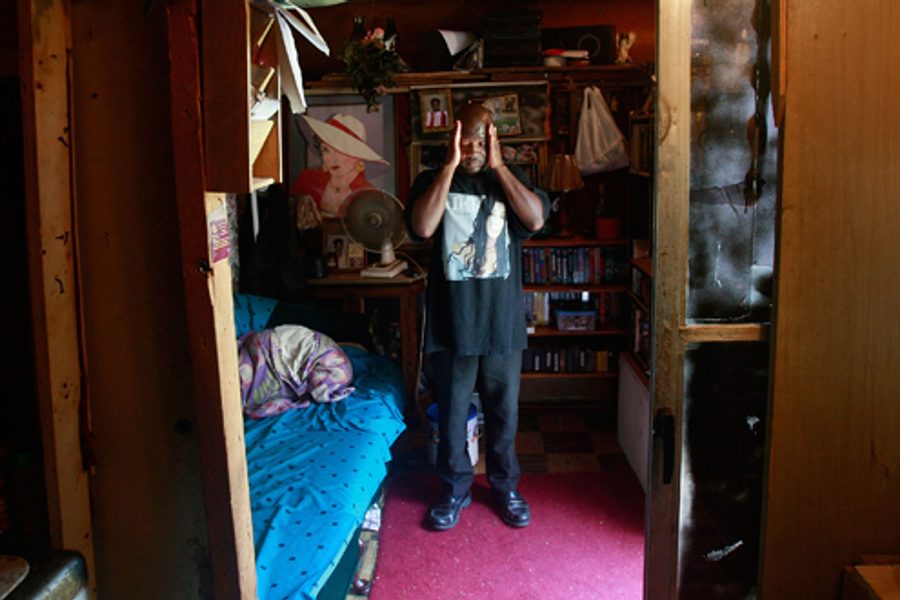
You’re sure we’ve been sliding downhill, steadily downward into greater poverty. But you wonder how much.
Well, we learned from the government in September that median household income, adjusted for inflation, fell 3.6 percent from 2007 to 2008. That decline was the largest one-year drop since the government’s record-keeping began in 1967, according to Economic Policy Institute (EPI).
We also know that the poverty rate, again as reported by the government in September, climbed from 12.5 percent in 2007 to 13.2 percent two years. Again that was a stunning increase and the largest one-year hike in poverty since 1991, the EPI said.
But if you think that the level of poverty could be worse and the downward income slide more severe than the figures tell us, you may be right. As vast as our economic problems appear, we seem to be poking around in the dark.
Relying on more up-to-date measurements, the National Academy of Science recently said the nation’s poverty rate in 2008 was not 13.2 percent as the government claimed, but actually 15.8 percent. That means an added 7 million persons were stuck in poverty in 2008.
The difference between the two figures is that the government’s calculations do not take into account rising medical care, transportation, and child care costs along with the impact of different regional living standards. The government is relying on economic yardsticks initially applied more than a half century ago.
And so, taking the measurement used by the National Academy of Science, the poverty rate for the nation’s elderly nearly doubled from 9.7 percent to just below 19 percent, and the number of persons 65-years-old and older in poverty jumped from 3.7 to 7.1 million in 2008.
So, too, the alternative figures show far many single-family households ran by women, far many more West Coast residents and far many more Hispanic snagged by poverty. Indeed, these figures indicate that 29 percent of all Hispanics were poor in 2008, giving them the highest rate among the nation’s ethnic groups — a rate at least 5 percent higher than for blacks.
But there’s a problem with these figures.
They come from 2008, when the economy first really began to tumble downward. Two years ago the jobless rate was about half of what the rate is today. Two years ago the construction industry was in pain. Today, it is numb and can barely feel it’s loses.
Two years ago, Hispanics, who make up a large numbers of the nation’s construction workers, suffered a 5.6 percent decline in their median household incomes, the largest loss for any ethnic group. Today, we hear much about Latino neighborhoods scarred by home foreclosures, and shuttered businesses.
Today, we hear relentless accounts of employers doubting whether they will hire new workers any time soon, about jobs totally wiped for groups of workers, and about how wages and benefits for many have shrunk because of the economic meltdown.
So we probably don’t know how bad it is right now. But we can guess.
A former labor writer for the Chicago Tribune, Stephen Franklin is a Pulitzer Prize finalist and an adjunct professor at the University of Illinois Urbana-Champaign School of Labor and Employment Relations.







